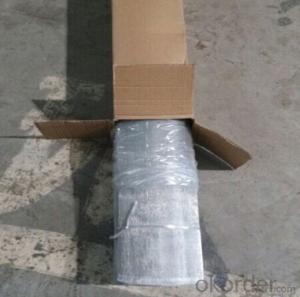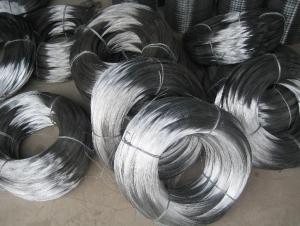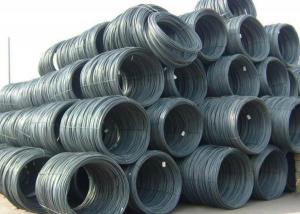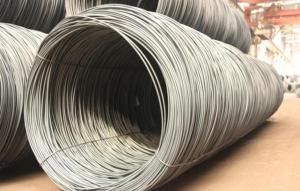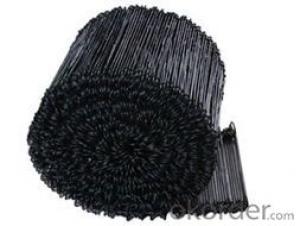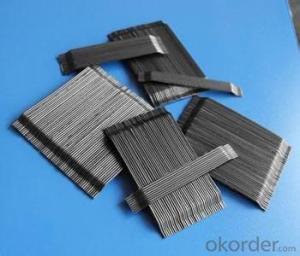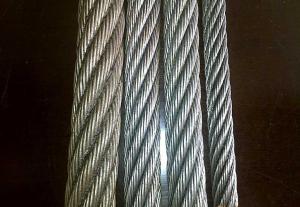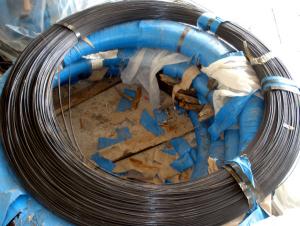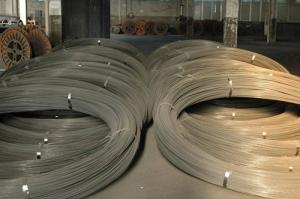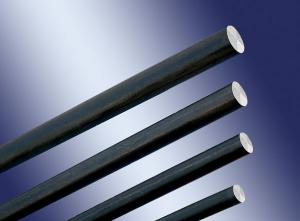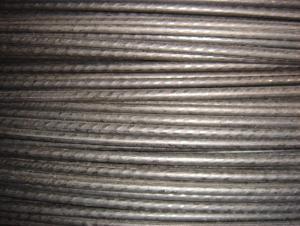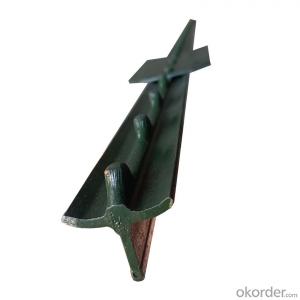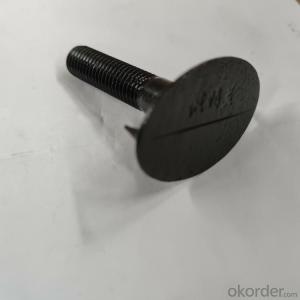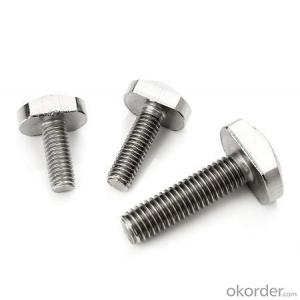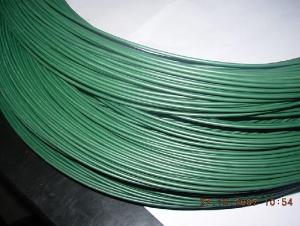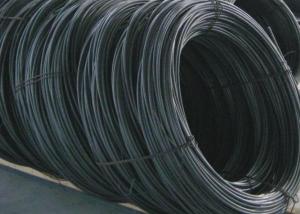Aluminum Magnesium Alloy Wire for Braiding
- Loading Port:
- China main port
- Payment Terms:
- TT OR LC
- Min Order Qty:
- 10 m.t.
- Supply Capability:
- 1000 m.t./month
OKorder Service Pledge
OKorder Financial Service
You Might Also Like
1.Features of Aluminum Magnesium Alloy Wire for Braiding:
a) Excellent resistance to abrasion and solvent,
b) excellent electricity performance
c) Excellent heat shock, adherence and flexibility,
d) high cut through
2.Introduction of Aluminum Magnesium Alloy Wire for Braiding:
Aluminum-magnesium alloy wire is high strength low alloy steel, heat treatment has good mechanical properties, high strength, sufficient toughness, hardenability, weldability (preheat), processing formability are good, but the resistance low corrosion resistance and oxidation resistance, usually after quenching and tempering or isothermal use. High strength quenched and tempered steel. Has high strength and toughness, high hardenability, cold plastic deformation moderate, good cutting performance.
3.Image of Aluminum Magnesium Alloy Wire for Braiding:
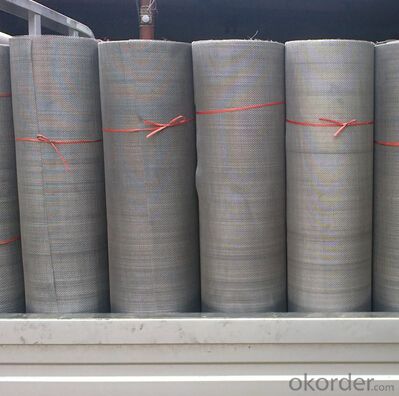
4.Technical parameters: of Aluminum Magnesium Alloy Wire for Braiding:
Name | magnesium alloy wire | ||
Type | QZXYL-2/180 | ||
Diameter | 6.0mm | ||
Standard | IEC60317-15 | ||
Test Item | Unit | Technical Requirement | Test Result |
Appearance | bright and clean, Uniform color, | Ok | |
Overall Diameter | mm | <6.159 | 6.09 |
Conductor Diameter | mm | ±0.06 | 5.97 |
Thickness of insulation film | mm | >0.099 | 0.13 |
resistance | Ω/m | <0.001017 | 0.000897 |
Elongation | >15% | 28% | |
Tensile Test | Tensing 15% No cracking | no cracking | |
Resistance to heat shock | C | 200C insulation film no cracking | 3D half an hour, no cracking |
Resistance to solvent | Standard solvent "H" Pencil | 2H is oK | |
Breakdown Voltage | KV | 2.5 KV | 4.2,4.2,4.0,5.3,5.0 |
package | Meet the export standards | Ok | |
Quality Control Result | Ok | ||
5.FAQ
We have organized several common questions for our clients,may help you sincerely:
①How about your Warranty?
Warranty: 1-Year for the whole light. Warranty is based on correct storage, installation, using and maintenanc
②How to guarantee the quality of the products?
We have established the international advanced quality management system,every link from raw material to final product we have strict quality test;We resolutely put an end to unqualified products flowing into the market. At the same time, we will provide necessary follow-up service assurance.
③How long can we receive the product after purchase?
In the purchase of product within three working days, We will arrange the factory delivery as soon as possible. The pecific time of receiving is related to the state and position of customers.Commonly 7 to 10 working days can be served.
- Q:have a kenmore dryer with 3 wires now had it will not dry need info on wiring it so it will dry
- Did you plug the unit in to the 220 volt recepticle designed just for that? They are not wired directly, you need the pigtail cord and plug.
- Q:Is it possible for a wire to arc with a nail? The u-nail that hangs the wire to a wooden support beam looks like it was hammered in too far and may have cut through the insulation around the wire. Is this a fire hazard or can I leave it as is?
- If you're talking about Romex cable, and a staple of the type commonly used to anchor it, some shock or fire hazard might exist. It's hard to tell without seeing the case. The cable consists of two or three insulated wires and a bare copper ground covered by an outer plastic jacket. If only the outer jacket of the cable is crushed or pinched, the danger is minimal. If the inner insulation of the wire is compromised there might be trouble. If you think this is so, show it to a 'Pro'. No-one can responsibly advise you without 'eyeballing` the situation.
- Q:i need to know how to rewire it to make it fire the only wire that is still there is the one that runs to the distributor cap all the other wires are gone is it sopose to wire to the key please help
- + wire is power wire the other small wire from the coil go's into the distributor (the metal part not the cap) the big wire to the cap.. sometimes the power wire comes from a resistor that reduces the voltage
- Q:Why are some wires (especially thin ones, like ones connecting a battery pack in a toy) made up of many wires instead of just being one solid piece of metal?
- 1) it is more flexible than single wire of same resistance, that is you can bend it to more angle than it's counterpart single wire that would have same resistance. 2) AC current don't flow over whole cross section area of a wire but it flows more near/on outer surface of wire. So resistance is not a function(inversely proportional) of cross section area for AC current but surface area wich is more for for many wires cable than single wire cable for given weight of wire material and thus it will have lesser resistance. 3) it is more reliable, that is if one of many wire get beaked the wire will still work unlike single wire cable.
- Q:I removed my range hood (switched off the electricity for it first) and there are three wires coming out of the wall. There's a white insulated, black insulated, and totally not insulated copper wire. What is the non-insulated copper wire? When I flip the electricity on, will it have a charge? It was weirdly wrapped around a screw in the box with the wiring...I'm not sure if it was doing anything. Thanks!
- The copper wire is for ground. If there's a short, it is supposed to send the electricity into metal that leads into the soil. When you flip the switch, no charge should be in the copper wire... unless there is a short. Screw the weirdly-wrapped screw into something metal. If you have a metal utility box, screw it onto that, and you're range will be safe if there is a short.
- Q:i heard there are many diferent copper wire but i only know 2 kinds.1 is for eletric and the other is for crafts.So what else is there?
- Copper wire is a metal and is used in electric and electronics compounds. so, that it can flow electricity very easily as it is a good conductor of elctricity, this is a type of a metal in which there are many type of content present in the same and it is cadmium free copper as well as also know with the name Electrolyte Copper which is 100% pure. There are many types of copper wire like:- Plain copper wire Tin-coated copper wire Braided copper wire Tinsel copper wire Bunched copper wire Braided copper wire etc.. To know more about copper wires in detail visit this link:-
- Q:ok, so i love making jewelry, and probably a year ago i went to michael's bought a roll-type thing of really soft, really, really thin silvery wire. a couple of days ago i went to michael's again and it wasn't there.as i said, the wire that i had is very thin, very soft, and also after you bend it, it won't snap back- it actually will never go back to being completely straight, even if you try to make it do that.is memory wire what i should be looking for?does anyone have any suggestions to what kind of wire i should get?
- Hi - I hope this information helps you - Beadalon? Remembrance? is thin, tempered stainless steel wire that is used as a beading medium. The wire is corrosion resistant and will resist tarnishing. Like a spring, Remembrance wire is rigid and snaps back to its original form when expanded and released. The wire remembers its shape and retains its coil form. Sterling Silver Wires To choose the right kind of silver wire for your project, you should know how you want the piece to look and what kind of piece you are creating. You will need to consider both the hardness of the wire and the gauge of the wire. There are three kinds of sterling silver wire. They are: Dead soft, half hard and full hard. Dead soft wire is very easy to bend. It can be better for wire wrapping or for making wire beads but will often not hold shapes intended for wire wrapping. Dead soft silver wire is usually used by people who work silver because it hardens as its shaped and hammered. Half hard sterling wire is stronger than dead soft but is still quite malleable. It is excellent in wire wrapping smaller or heavier beads and is a good choice for beading and jewelry making projects. Full hard silver wire is hard to use and bend and not necessarily recommended for jewelry making - at least for a hobbyist.
- Q:I want to know what the definition is of a hot wire gauge.
- A hot wire gage is a tool that tells you which wire(s) are hot meaning that they have electricity running through them. If you go to the tool store you would ask for a voltage detector. These are about the size of a pen. They light up and beep when the detect voltage. I highly recommend having one when doing electrical. There is nothing worse than grabbing a wire that you thought was powered off only to get lit up. Hope this helps.
- Q:What does the wire do for braces? What happens if you pull it out and everything else it ok?
- The wire is like a train track and the teeth are the cars. Get rid of the track and the cars go off course. Wire is what is putting everything in place.
- Q:Whenever I'm making jewelry, I typically wind up using crimp beads (with toggle closures, in most cases). Whenever I cut off the beading wire at the end, after enclosing the crimp bead around it, there's always this itsy bitsy part of the wire that irritates me to no end when I wear the jewelry. It seems that I can only cut the wire so much before I wind up snipping at the crimp bead. How can I remedy the irritation fact of the left-over wire?Maybe put glue on the wire piece and let it dry? Idk. Grr.
- Here is the way to get rid of the scratchy wire: Take the wire on through the crimp bead and thread it down into the beads, and then crimp the wire. If you have a little wire sticking out there on down between the beads, just bend back the beads, and clip it with your jewelry wire cutters that have a side edge. Be sure and cut your wire with a couple inches to spare so you have enough wire to attach the clasp and thread the wire down. I was having trouble with the crimp bead scratching, no matter how I crimped it. I found out that they sell a crimp cover. It looks like an open clam shell, and you just slip it over the crimp bead, and close it with pliers. Beware, there is something called a clam shell, but it has a eye on it, it is for non-metal stringing materials. Another thing I found was a little tiny horseshoe called a guide. It goes above the crimp bead, and holds the clasp. It protects the wire from the wear and tear of the clasp. And it is so easy to pull the wire through it once it is on, you can adjust the length of the wire over and over. I was literally stuffing the wire down into the beads with a pliers. No more! Just pull on the end, and down the wire goes. No more ugly lengths of wire between the beads and the crimp bead. I found both these items in gold and silver colors, at Michaels, and Craft etc on line, and on other online sites. So, save the glue for working with elastic cord and gluing a bead over the knot to hide it.
1. Manufacturer Overview |
|
|---|---|
| Location | |
| Year Established | |
| Annual Output Value | |
| Main Markets | |
| Company Certifications | |
2. Manufacturer Certificates |
|
|---|---|
| a) Certification Name | |
| Range | |
| Reference | |
| Validity Period | |
3. Manufacturer Capability |
|
|---|---|
| a)Trade Capacity | |
| Nearest Port | |
| Export Percentage | |
| No.of Employees in Trade Department | |
| Language Spoken: | |
| b)Factory Information | |
| Factory Size: | |
| No. of Production Lines | |
| Contract Manufacturing | |
| Product Price Range | |
Send your message to us
Aluminum Magnesium Alloy Wire for Braiding
- Loading Port:
- China main port
- Payment Terms:
- TT OR LC
- Min Order Qty:
- 10 m.t.
- Supply Capability:
- 1000 m.t./month
OKorder Service Pledge
OKorder Financial Service
Similar products
New products
Hot products
Hot Searches
Related keywords
